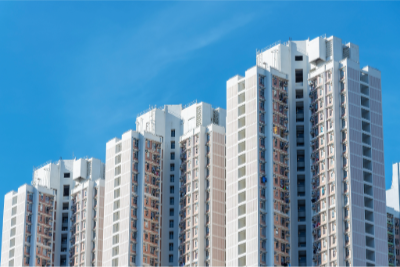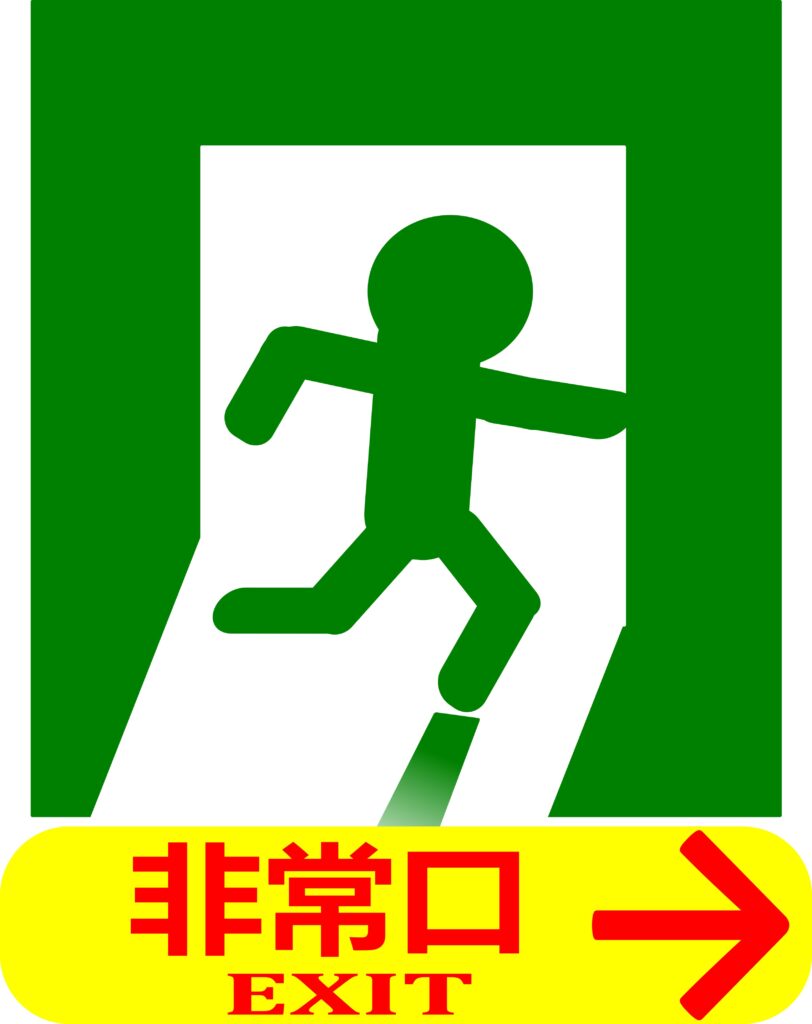
High-rise buildings have become a common sight in urban landscapes worldwide, offering a unique blend of convenience, space, and stunning views. However, their towering height also presents unique safety challenges, particularly in the event of an earthquake. Unlike low-rise buildings, high-rise structures pose distinct evacuation and emergency response concerns that require careful planning and preparation.

1.Evacuation Difficulties:
Lengthy Evacuation Times: The sheer height of high-rise buildings can significantly prolong evacuation times, especially during an earthquake when stairs become the primary escape route. This can be particularly hazardous for elderly, disabled, or individuals with limited mobility.
Overcrowded Stairwells: During an earthquake, stairwells in high-rise buildings can quickly become overcrowded, creating bottlenecks and hindering the flow of evacuees. This can lead to panic, injuries, and even fatalities.
Limited Exit Points: High-rise buildings may have a limited number of exit points compared to their size and occupancy, further complicating evacuation efforts.

2. Structural Vulnerability:
Seismic Design: While modern high-rise buildings are designed to withstand significant seismic forces, older structures may not meet current building codes and are more susceptible to damage during an earthquake.
Progressive Collapse: The interconnected nature of high-rise buildings can lead to progressive collapse, where the failure of one structural element triggers a chain reaction that brings down the entire structure.

Access for Emergency Responders: The height of high-rise buildings can make it difficult for emergency responders to access upper floors, especially in the aftermath of an earthquake when elevators may be inoperable and stairs are congested.
Firefighting Difficulties: Fighting fires in high-rise buildings presents unique challenges due to the vertical spread of flames, limited access to water supply, and potential structural damage.

Comprehensive Emergency Plans:
・Develop and implement a comprehensive emergency plan that includes evacuation procedures, communication protocols, and designated assembly areas.
・Regularly review and update the emergency plan to ensure it remains relevant and effective.
Evacuation Drills and Training:
・Conduct regular evacuation drills to familiarize occupants with the emergency plan and evacuation routes.
・Provide training to building staff and occupants on earthquake safety procedures, including drop, cover, and hold on.

Structural Integrity and Fire Safety Systems:
・Ensure that the building’s structural integrity is regularly inspected and maintained to meet current seismic codes.
・Test and maintain fire safety systems, including fire alarms, sprinkler systems, and emergency lighting
Emergency Communication and Coordination:
・Establish a clear and effective communication system for disseminating emergency information and instructions to occupants.
・Coordinate with local emergency services to ensure a seamless response in the event of an earthquake.
Individual Preparedness:
・Encourage occupants to develop a personal emergency plan and preparedness kit.
・Educate occupants about earthquake safety measures, including the importance of staying calm and following instructions.

Earthquake preparedness in high-rise buildings requires a multi-faceted approach that encompasses building design, emergency planning, training, and individual preparedness. By addressing the unique safety challenges posed by these structures, we can significantly enhance the safety of occupants and mitigate the potential consequences of an earthquake